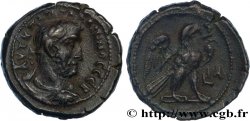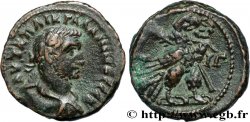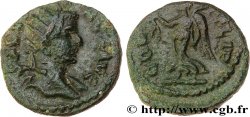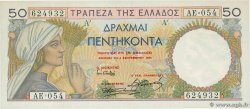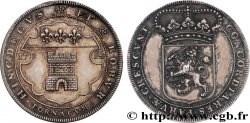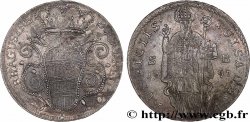v31_0453 - GALLIENUS Antoninien
MONNAIES 31 (2007)
Starting price : 280.00 €
Estimate : 450.00 €
Realised price : 300.00 €
Number of bids : 2
Maximum bid : 300.00 €
Starting price : 280.00 €
Estimate : 450.00 €
Realised price : 300.00 €
Number of bids : 2
Maximum bid : 300.00 €
Type : Antoninien
Date: 261
Mint name / Town : Italie, Milan
Metal : billon
Millesimal fineness : 100 ‰
Diameter : 21 mm
Orientation dies : 6 h.
Weight : 2,80 g.
Rarity : R3
Emission: 1re
Coments on the condition:
Exemplaire à l’usure importante mais parfaitement identifiable. Monnaie rare et recherchée. Flan large et bien centrée des deux côtés. Portrait exceptionnel. Joli revers. Patine grise, tachée, légèrement tachée au droit
Catalogue references :
Obverse
Obverse legend : GA-LLIENVS AVG.
Obverse description : Buste radié et cuirassé à droite, tenant une haste de la main droite reposant sur l’épaule.
Obverse translation : “Gallienus Augustus”, (Gallien auguste).
Reverse
Reverse legend : L-EG III ITAL V-I P VI .
Reverse description : Cigogne passant à droite.
Reverse translation : "Legio tertium Italica sextum pia sextum fidelis", (Troisième légion Italica pieuse et fidèle pour la sixième fois).
Commentary
Rubans de type 3. R. Göbl n’a recensé que cinq exemplaires pour ce type. Notre exemplaire semble être de mêmes coins que celui du musée de Rome n° 596 (Göbl MIR 36/ 999o, pl. 29).








 Report a mistake
Report a mistake Print the page
Print the page Share my selection
Share my selection Ask a question
Ask a question Consign / sell
Consign / sell
 Full data
Full data
